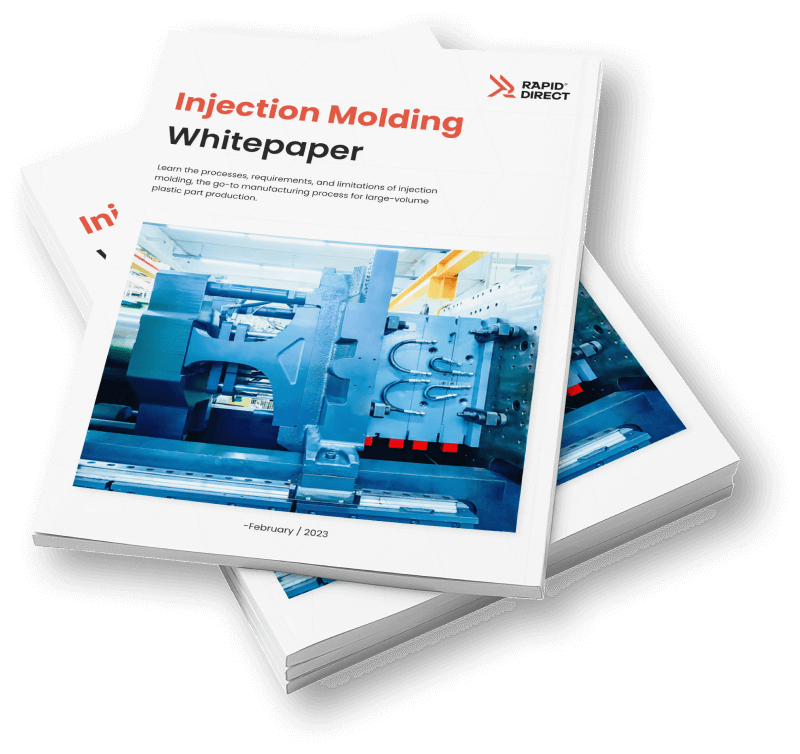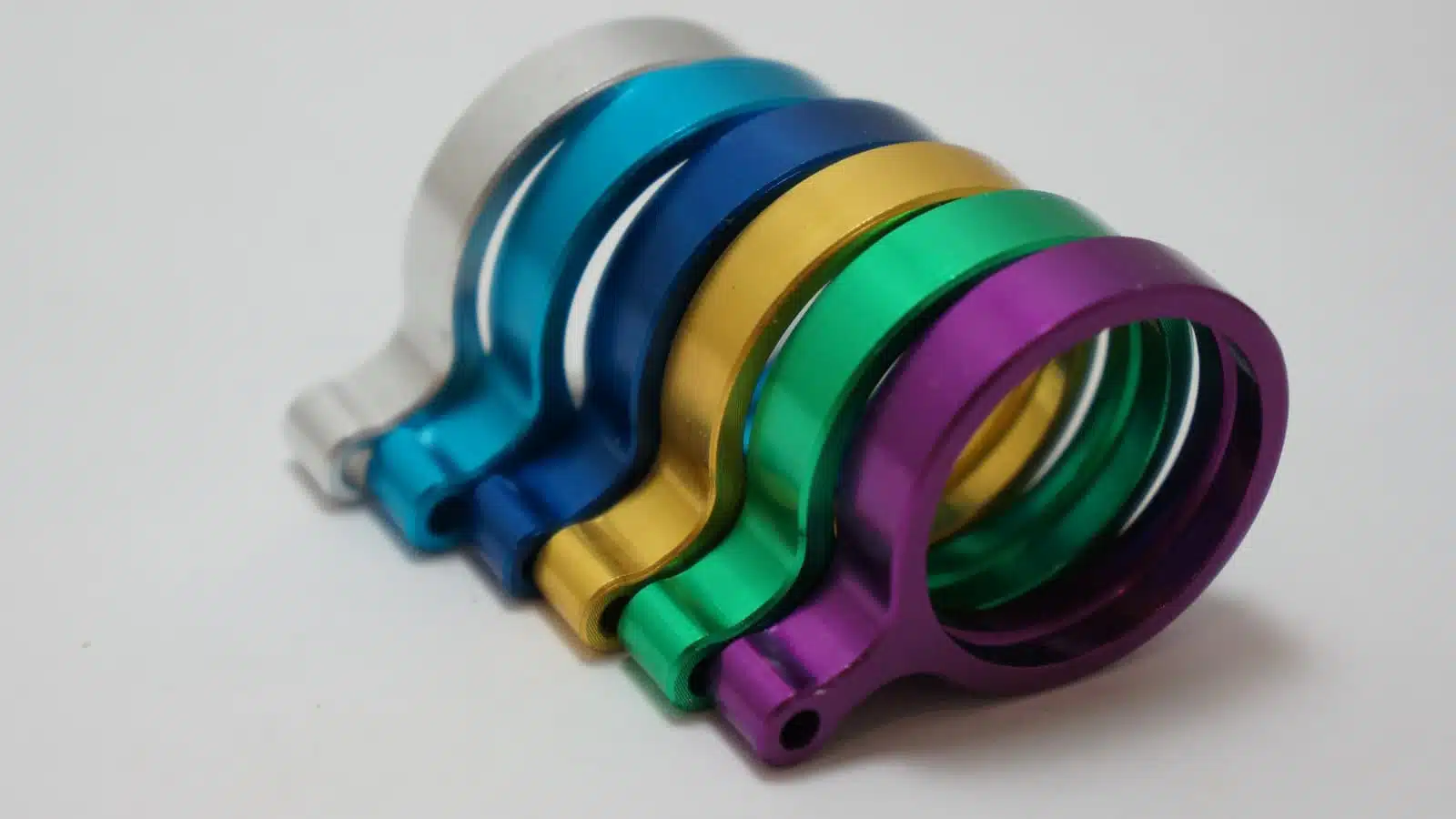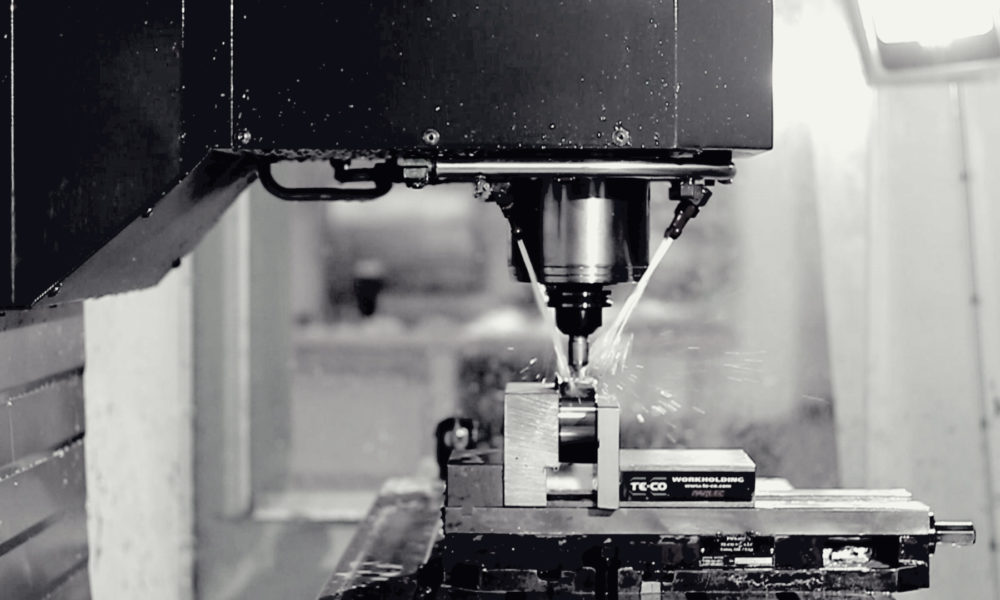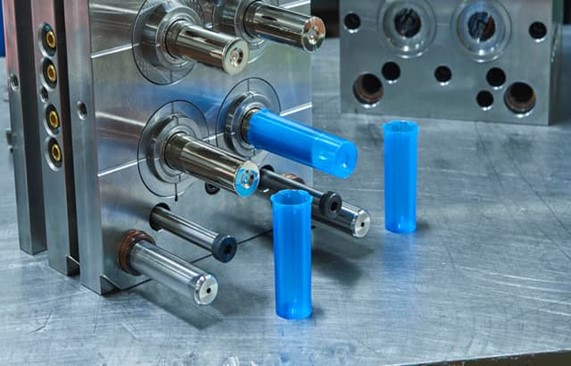Injection molding is an invaluable process for creating plastic parts. This process is fast, cheap, and helps create vast volumes of identical objects. One of the most significant advantages of injection molding is the natural surface finish of molded parts. Even without any injection molding surface finish or post-processing treatment, molded parts have smooth surface finishes suitable for many end uses.
Simple pre-coloration of plastic pellets means that molded parts sometimes don’t require any painting or tinting after fabrication. Nonetheless, the vast range of injection molding applications means that injection molded parts often need some form of surface finishing. It may be a quick polish or something more comprehensive.
Some companies will demand very smooth plastic surface finish types for aesthetic reasons. Others may prefer a high level of roughness to extend a part’s lifespan or plastic glossy texture. This guide describes some of the available SPI surface finish options for injection molded parts, with advice for specific materials.
What Are the Available Injection Molding Surface Finish Options?
There are several surface finish options for custom parts, including injection molded plastic parts. Surface finishing procedures for injection molding can help to either increase or decrease the roughness of a part. Plastic glossy texture may be preferred for aesthetic parts such as toys. On the other hand, rougher finishes may be best for certain mechanical parts or to reduce overall costs.
The Society of Plastic Industry (SPI) established industry standards for plastic injection molding surface finishes and features. The SPI finish designation relates to the aesthetic qualities of plastics for injection molded parts. There are 12 standard plastic surface finish types, according to the SPI.
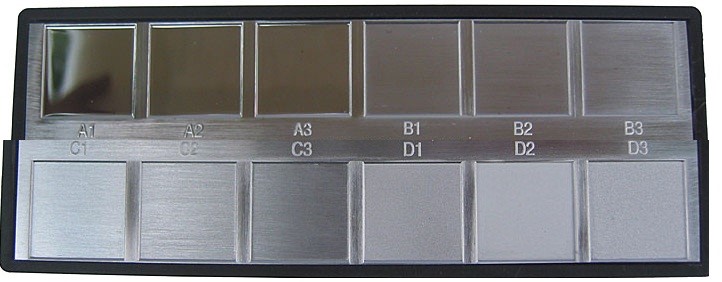
These finishes are divided into four different categories, ranging from smooth finishes to rougher ones. You can also choose to leave your parts as molded. They are the acceptable injection molding surface finish options for non-aesthetic components. They are also great for parts made from hard steel tooling.
The following are the SPI surface finish types:
Grade A: Glossy Injection Molding Surface Finish
Min. roughness: 0.012 μm
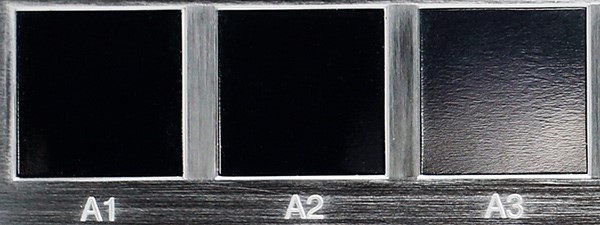
Injection-molded parts can be made glossier using a specialist finishing process such as diamond buff polishing. In this process, manufacturers use a loose abrasive material to a work wheel. Then, they apply this to the part’s surface with minimal aggression, contributing to the glossiest possible plastic finishes.
Not all materials can achieve a plastic glossy texture. Plastics like acrylic and PC can get to a very smooth finish via bluffing. However, it is virtually impossible to apply such a finish to a material like TPU. This is because such plastic materials have high abrasion resistance and are thus also resistant to the buffing process.
Grade B: Semi-Glossy Injection Molding Surface Finish
Min. roughness: 0.05 μm
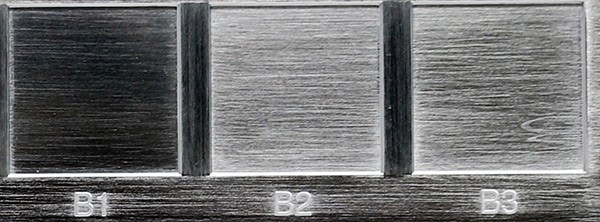
For parts that require some glossiness, a B-grade finish with grit sandpaper is ideal. This process is compatible with a wider range of injection molding plastics. It also produces highly aesthetic parts suitable for consumer products and other parts.
Grade C: Matte Injection Molding Surface Finish
Min. roughness: 0.35 μm
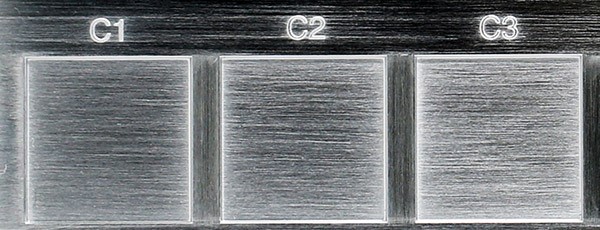
It is possible to remove machining marks from molded parts without creating a glossy finish using grit sanding stones. This process is suitable for parts that do not have aesthetic value but require a consistent surface finish. Despite offering high-quality mold surface texture, this SPI surface finish shows no noticeable marks or divots. The stone polishing process is suitable for most injection molding plastics.
Grade D: Textured Injection Molding Surface Finish
Min. roughness: 0.80 μm
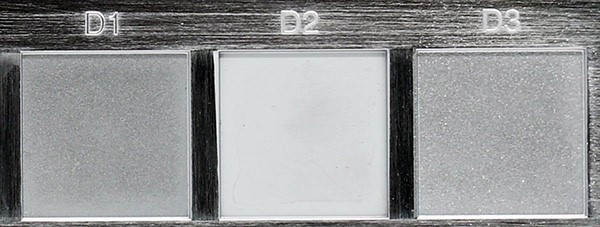
Some parts require a very rough or textured SPI surface finish. In many cases, the aim is to increase friction for a mechanical purpose. Therefore, you can apply a rough surface finish using the sandblasting process. Sandblasting uses compressed air to direct abrasive material against the part with force, roughening its surface.
Factors That Affect Injection Molding Surface Finish
Treating molded parts with dedicated plastic finishes is the best way to achieve maximum control over the texture of a plastic part. However, some steps help to manipulate the surface finish of a part even before the molding cycle begins.
1. Tooling
The mold itself plays a big role in the injection molding surface finish. Several metals can be used to make a mold, but steels and aluminum remain the most common options. These two metals have a very different effect on molded plastic parts.
In general, you can only achieve the very smoothest plastic finishes by using molds made from hardened tool steel. If parts have an aesthetic purpose that demands a very low level of surface roughness, starting with a steel mold may be the best way to go.
2. Material Choice
There is a wide range of material options for injection molding. However, not all injection molding materials can get the same injection molding surface finish. Some plastics are more amenable to smooth finishes, while some are easier to roughen up for a more textured finish.
Additionally, certain material additives like filler and colors may affect the surface finish of a molded part. This table shows the suitability of certain injection molding materials for specific SPI finish designation:
| Grade | Surface | Compatible Materials |
| A | Glossy | Acrylic, PC |
| B | Semi-glossy | ABS, HDPE, Nylon, PP, Polystyrene |
| C | Matte | ABS, HDPE, Nylon, PP, Polystyrene |
| D | Textured | ABS, HDPE, Nylon, PP, Polystyrene, TPU |
3. Process variables
Factors such as injection speed and temperature can affect the surface finishes for injection molded parts. A fast injection speed and high melt temperature can help achieve glossier injection molding surface finishes with fewer weld lines.
Likewise, a faster filling through mold cavities can reduce weld line visibility. Thus, it improves the overall appearance of plastic finishes. High mold and melt temperature combined with high injection speed give a smoother SPI surface finish.
4. Functional Reasons
Asides from the aesthetic part involved in choosing an injection molding surface finish, some functional aspects also play a part. You may need a textured finish to ensure that paint sticks better to the molded part. In such a case, a smooth SPI surface finish may cause the paint to come off.
Some products may require solid gripping for better performance. Textured plastic finishes will enhance the quality of a grip. For this reason, slip-resistant parts often benefit from custom injection molding surface finishes. A textured SPI surface finish will also add strength to the part and enhance its safety levels.
RapidDirect’s Quality Injection Molding Services
RapidDirect offers high-class plastic injection molding services at the best prices possible. With over 100 different plastic resins and materials, you can be sure that your product goes through top-class manufacturing. Our vast availability of materials combines with expertise and experience to provide on-demand injection molding service.
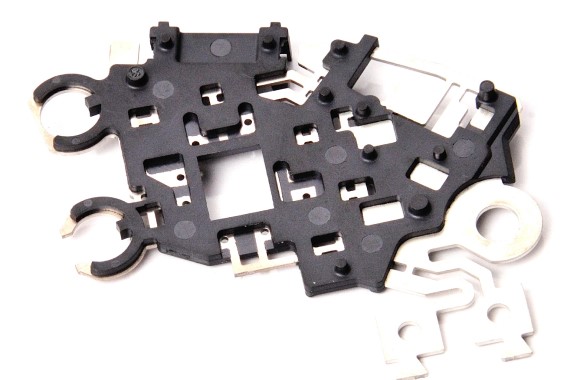
Our proficient knowledge of different injection molding surface finish options ensures that your parts get the best finishes. All you need to do is upload your design file, and our instant quotation platform will generate quotes for you within seconds. You wouldn’t want to miss out on the several benefits of our tech-driven manufacturing platform.
Material Suggestions for Injection Molding Surface Finish
The picture below contains a list of the most popularly used injection molding materials. It also comes along with ratings on each of the material’s usability for each SPI finish designation.
1 = Not recommended
2 = Average
3 = Good
4 = Highly recommended
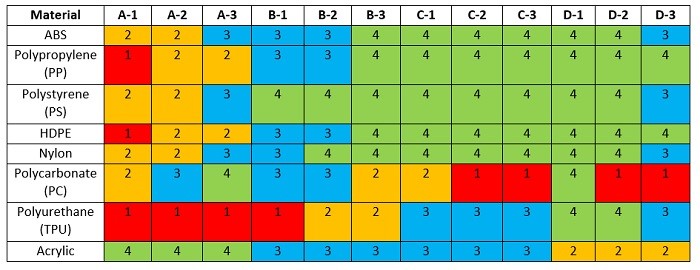
Injection Molding Surface Finish for Functionality
There are several reasons for choosing specific plastic surface finish types. These finishes are valuable due to their abilities to hide injection molding defects such as weld lines, sinks, blush marks, flow lines, and more.
Another advantage of plastic finishes is that they help parts to withstand contact damages during shipping or use. This is especially the case of textured surface finishes. A textured injection molding surface finish also improves paint adhesion and gives you the pull you require to make undercuts.
Beyond this, surface finishes for injection molded parts also improve the aesthetics of the product. It also improves product durability by preventing scuffs and scratches. These and many more are goals of an ideal injection molding surface finish.
Conclusion
There are several benefits to choosing the right injection molding surface finish for your plastic part. However, you need to do so as early as possible in your design process. This is because a surface finish will impact your tooling process, material choice, and other decisions.
Therefore, it would help to work with a plastic injection molding expert to ensure you make the right choice. Contact the experts at RapidDirect today!
